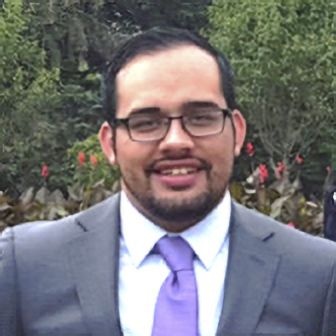Two Quandary Peak Research experts and their teams presented their latest research at the twenty-sixth International Symposium on Software Reliability and Engineering, one of the most accredited IEEE events.
Dr. Mahdi Eslamimehr with his teammate from MIT won the ISSRE 2016 Best Paper award for “AtomChase: Directed Search Towards Atomicity Violations”, the result of three years’ work developing a state-of-the-art debugging tool for super computers. The Best Paper award is given to top researchers whose work influences academy and industry.
Atomicity violation is one of the main sources of concurrency bugs. Empirical studies show that the majority of atomicity violations are instances of the three-access pattern, where two accesses to a shared variable by a thread are interleaved by an access to the same variable by another thread. Dr. Eslamimehr presented a novel approach to atomicity violation detection that comprises two parts: 1. execution schedule synthesis, and 2. directed concurrent execution based on constraint solving and concolic execution. In comparison to five previous tools on 22 benchmark codebases (like Apache Tomcat with 4.5 million lines of Java code), AtomChase increased the number of three-access violations found by 24% and found errors in programs were wrongfully assumed to be bug-free. To prevent reporting false alarms, Dr. Eslamimehr and his colleague confirmed sufficient conditions for non-atomicity of three-access pattern traces. These conditions could recognize 89% of the actual atomicity violations found by AtomChase. Because checking these conditions is two orders of magnitude faster than a brute-force check, AtomChase has made it possible to improve the quality of industrial software like the popular Eclipse integrated development environment.
Another interesting study on end-to-end Android application analysis was presented at the same symposium by Dr. Sam Malek and his research group at University of California, Irvine.
Pervasiveness of smartphones and the vast number of corresponding apps have underlined the need for applicable automated software testing techniques. A wealth of research has been focused on either unit or GUI testing of smartphone apps, but little on automated end-to-end system testing. Dr. Malek and his team presented SIG-Droid, a framework for system testing of Android apps. The SIG-Droid framework extracts an app’s models and uses them for symbolic execution of source code to obtain test inputs that ensure coverage of each branch in the program. SIG-Droid extracts two models that drive its automated tests: an interface model and a behavior model. The interface model is used to find values that an app can receive through its interfaces; those values are then replaced with symbolic values to deal with constraints with the help of a symbolic execution engine. The behavior model is used to drive the apps, generating sequences of events. Dr. Malek and his team provided an efficient implementation of SIG-Droid based in part on Symbolic Java PathFinder, which they extended as part of their research. Their experiments show SIGDroid is able to achieve significantly higher code coverage than existing Android automated testing tools.









